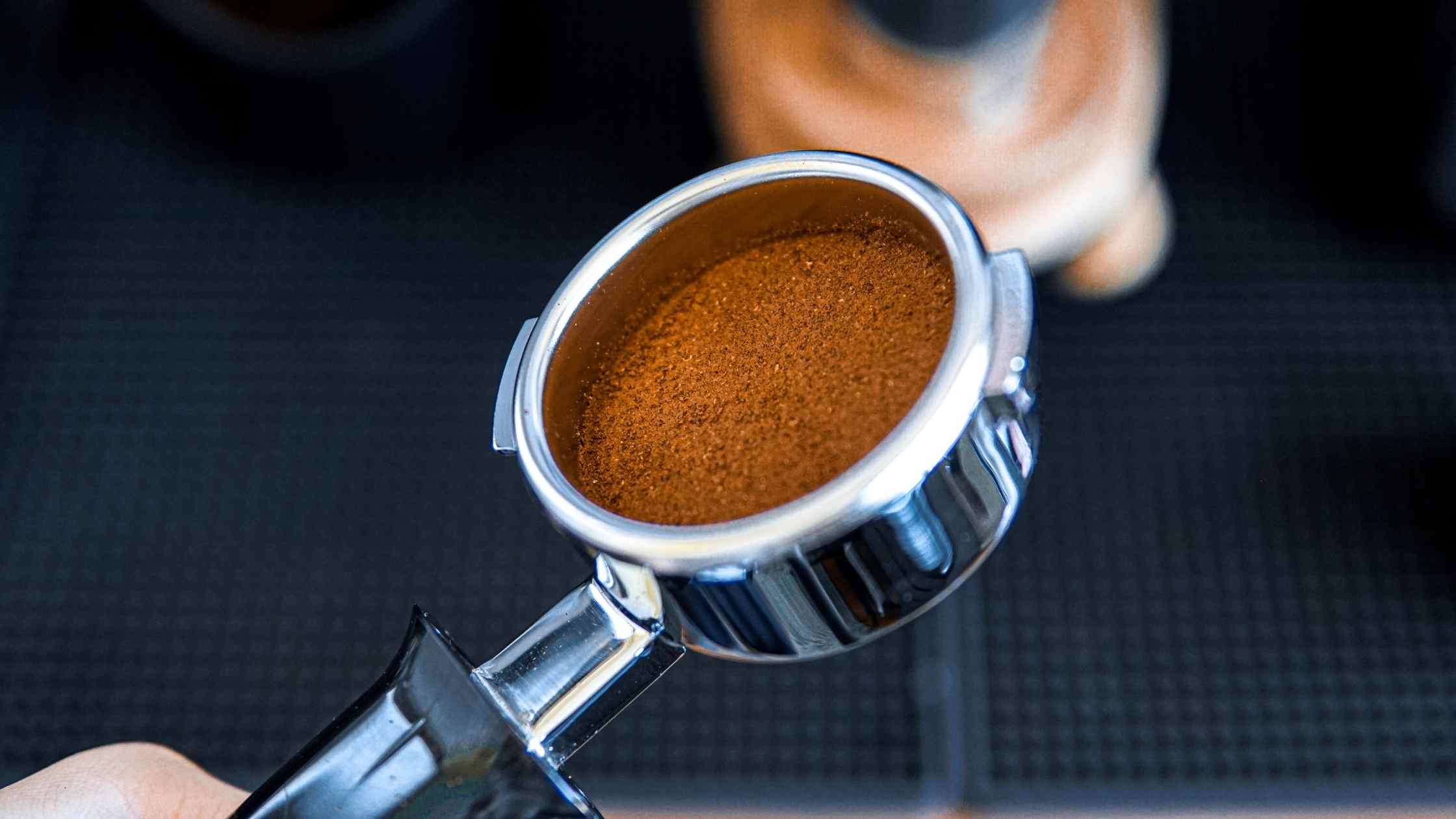Hey, espresso lovers! I’m Alex Martinez, your coffee expert, here to talk about a small tool making waves in the espresso world: the puck screen. If you’ve ever wondered whether this tiny addition to your espresso setup can really make a difference, you’re in the right place. Let’s dive into what a puck screen is, how to use it, and whether it’s worth adding to your espresso-making routine.
What Does Puck Screen Mean?
A puck screen is basically a metal mesh disk, typically made of stainless steel or another neutral material. It’s placed directly on top of your coffee puck before pulling an espresso shot. Puck screens come in different thicknesses and configurations, such as the multi-layered mesh 1.7mm Normcore or the extremely thin 0.2mm titanium Normcore. These screens are available in various sizes to match different portafilters, ensuring proper water dispersion and extraction.
How to Deploy a Puck Screen
It’s not difficult to use a puck screen, but it’s only effective if you follow a few simple steps:
- Puck Screen Preheating: Preheat the screen before placing it atop your coffee. This ensures steadiness in temperature during extraction.
- Place it on the Coffee Puck: Insert the puck into your portafilter and gently place the puck screen over the coffee, ensuring full coverage for balanced water distribution.
- Brew as Usual: Insert your portafilter into the espresso machine, lock it in place, and pull your shot as you normally would. The puck screen helps ensure even water flow over the coffee.
Why Use a Puck Screen?
Now you might be wondering, why bother? Here are the key reasons to use a puck screen:
1. More Balanced Recovery
A puck screen ensures water falls evenly on the coffee puck. Without even distribution, water can cause channeling, where parts of the coffee puck are under-extracted while other parts are over-extracted due to water finding weak spots in the coffee bed. The puck screen helps avoid this, leading to a better shot.
2. Controls Draw-Down Pressure
As extraction continues, the puck becomes fragile and can lead to unstable pressures, which disrupt the extraction process, especially with longer pulls. The puck screen keeps the coffee bed compact, preventing pressure drops and allowing for smoother water flow through the coffee.
3. Keeps Your Machine Clean
A puck screen also helps keep your espresso machine clean by acting as a filter that prevents coffee grounds from entering the group head and internal components. Over time, it reduces the buildup of oils and residues that can make your shots taste off and helps extend the life of your machine.
How to Clean a Puck Screen
For optimal performance, clean your puck screen regularly. Coffee oils and grounds can collect in the mesh over time, slowing water flow and affecting flavor. Follow these simple steps to clean your puck screen:
- Cold Water Soak: Soak the puck screen in cold water mixed with a little coffee detergent to dissolve oils and grounds.
- Use the Steam Wand: Place the puck screen in a jug of water and use the steam wand to agitate the water and clean the screen.
- Rinse and Dry: Rinse the screen with clean water immediately after steaming and let it dry before the next use.
Regular cleaning will maintain the puck screen’s functionality and preserve the flavor of your espresso.
Do Espresso Puck Screens Make a Difference?
Now for the million-dollar question: Do puck screens make a noticeable difference in your espresso? Based on my experience and testing, the answer is yes—but with some subtle nuances.
Testing the Puck Screen
Plenty of tests have been done with and without a puck screen, focusing on yield, flavor, and shot consistency. Here’s what I found:
- Even Extraction: Shots pulled with a puck screen showed significantly more even extraction, with less tiger striping and no spurts (uneven water breakout) through a bottomless portafilter.
- Cleaner Crema: The crema from puck screen shots looked more balanced, indicating even extraction.
- Taste Test: In blind taste tests, puck screen-brewed shots had slightly brighter acidity and a more crystalline flavor. They were smoother and better balanced.
- Shot Timing: Interestingly, shots pulled with a puck screen were slightly faster on average. You may need to adjust your grind size finer if you use a puck screen consistently.
Does It Affect Extraction Yield?
In my tests, puck screens did not significantly impact extraction yield (EY%). However, they did lead to more even extraction patterns across the coffee bed, resulting in better-tasting espresso overall.
Types of Puck Screens: Which One to Choose?
Puck screens come in various types and thicknesses. How do you choose the right one? Here are the most common options:
- Mesh Filters: These provide excellent water dispersion but require more maintenance. Ideal for those seeking the best balanced extraction.
- Stainless Steel Discs: Easy to clean but less effective in water dispersion compared to mesh filters. A good basic option with minimal maintenance.
- Paper Filters: While not technically puck screens, some baristas use disposable paper filters. They’re convenient but don’t offer the long-term benefits of metal screens.
For durability and ease of use, I recommend stainless steel screens. A thickness of 1.5mm to 2mm strikes a good balance between even extraction and easy handling.
Final Words
If you’re serious about getting the most out of your espresso machine, a puck screen is definitely worth considering. While it may seem like a small addition, it can have a big impact on the consistency, cleanliness, and flavor of your shots. Just be sure to clean it regularly and experiment with your grind size to optimize your setup.
If you want to elevate your espresso game and avoid channeling, give a puck screen a try. You’ll enjoy cleaner shots, more balanced flavors, and less mess—cheers to that perfect shot every time!
